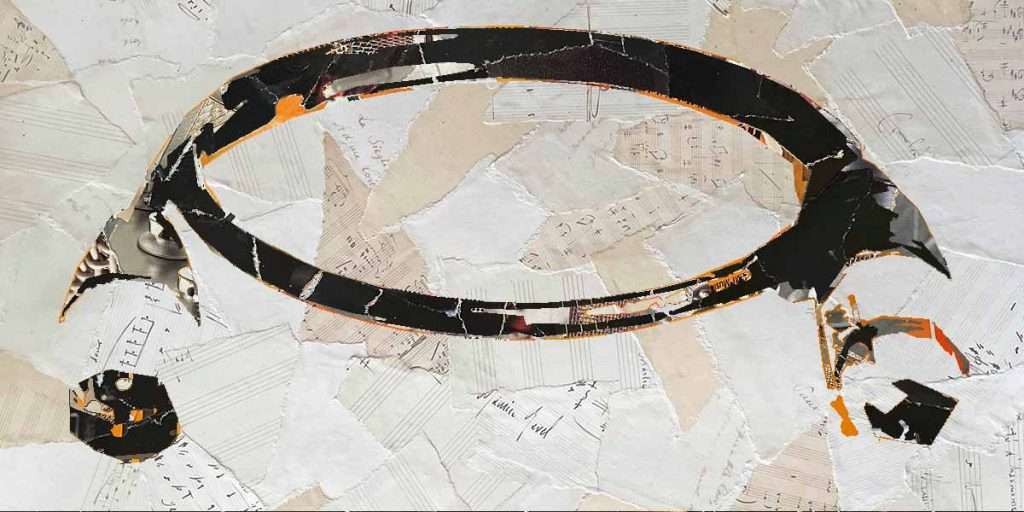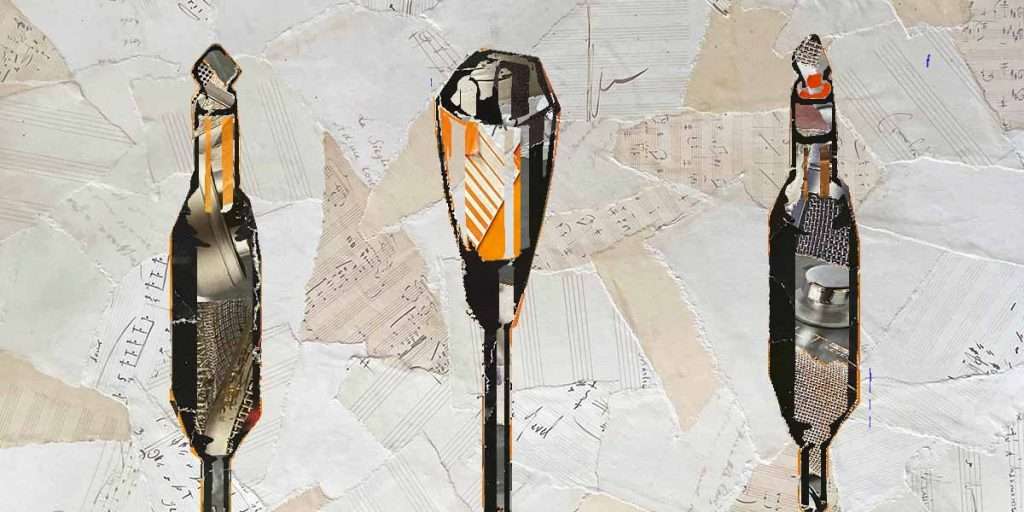The essential cables and stands for the home recording studio
Choose the best microphone and audio cables to connect your equipment together

Once you have all the equipment, and you’ve addressed any acoustic treatment or soundproofing issues, it’s time to get some cables and stands.
Microphone cables (XLR)
Microphones transmit such a low level audio signal, that when they’re amplified, all the background noise is amplified as well.
They need a special type of microphone cable, called XLR. These are ‘balanced’ cables, with the electrical signal running along 3 wires. This eliminates as much interference as possible on the way from the mic to the audio interface.
The microphone cable is shielded with a ground wire layer, and a protective PVC layer on the outside. At each end of the cable is a connector, called an XLR connector. Normally one end is male, with 3 prongs, and the other end female, with 3 sockets.
There’s many qualities of microphone cable, some with poor shielding, or construction issues, which make them more susceptible to damage.
If you have an expensive mic and a good audio interface, the microphone cable will be the weakest point in the chain. So it makes sense to buy the best quality. Don’t order much longer than you need, as the signal will degrade slightly with every extra metre.
If you’re looking for the best quality XLR cables, look for cables with Neutrik connectors, such as these.
Audio Cables
Balanced (TRS)
Another type of ‘balanced’ audio cable is the ¼” TRS cable. These are commonly used for connecting pro audio equipment. They’re the same quality as XLR microphone cables.
Depending on your needs, you might use a balanced cable with an XLR connector on one side, and a ¼” connector on the other.
Unbalanced (TS)
These are called TS cables, and they’re much simpler than the TRS. They’re used for plugging guitar into amps, or wherever reducing interference is less important.
They look very similar – the only way to distinguish them is by the tip of the connector. The TS has one black ring, the TRS has two.
1/8” mini jacks
Both TRS and TS cables can also come with the smaller 1/8” mini connectors. These are very common on headphones.

USB cables
You might need a USB cable for connecting a MIDI controller keyboard to you computer. Or to connect your audio interface to the computer.
Working it which type of USB cable you need can be tricky, as there’s a lot of variations around. You’ll need the correct type:
- USB-A
These are the classic looking USB cables, commonly used around the home or in the office
- USB-B
USB-B is a variation of type A, with more of a square shape. These used to be common on printers, and can be found on a lot of home recording gear.
- Micro-USB
These are tiny variations of type A. They can be found on cameras and other small bits of equipment. You probably won’t be using these in the studio.
- USB-C
USB-C is the latest incarnation of USB. It has a faster transfer rate than USB-A or USB-B. They’re now pretty standard on new computers and audio interfaces.
USB 2 or USB 3?
There’s 2 generations of USB, each with different bandwidth.
USB 2 has a maximum bandwidth of 480 mbps, where as USB 3 has 10 times that, at 4.8 Gbps.
Thunderbolt cables
Originally championed by Apple, Thunderbolt has become standard on many of the latest audio interfaces. It has a much higher transfer rate than both USB and Firewire.
Although Thunderbolt 4 is the latest incarnation, audio interfaces are equipped with Thunderbolt 3 Connectors.
They’re the same shape as USB-C connectors, and often share the same port.
Firewire cables
Firewire is an older digital cable format, not seen as much as USB or Thunderbolt in the recording studio.
The first generation of Firewire was Firewire 400, roughly comparable with USB 2, but with lower latency.
The later Firewire 800 doubled the previous bandwidth.
Microphone Stands
As well as microphone cables, you’ll need a couple of stands for the mics you regularly use. I suggest going for a good quality boom stand, with a tripod base like the K&M 210/2.
Boom stands have an adjustable arm, which allow you to position the mic in the right place.
If you’re using an expensive heavy microphone, make sure to get a heavy stand with a sturdy base, to stop it from toppling over.
Next Steps
Hopefully you now have an idea of the difference between microphone cables, audio cables and digital cables.
If you’re wondering what sort of microphones to get for your home recording studio, check out this Ultimate Guide to Microphones.
Or if you’re wondering how to set up a whole studio, start here.
Education is the key to getting a pro sound. I’ve made a guide to help you choose the Best Online Music Production Courses available right now
Author: Daren B

Daren studied classical piano and composition at Trinity College of Music, at undergraduate and postgraduate level.
His music has been performed at the Southbank Centre, Tate Modern, and the Courtauld Institute, and broadcast on BBC Radio 3, Radio 4 and countless TV shows, including The Apprentice, Top Gear and Horizon.
Daren is a former lecturer on the BA Music Course at Goldsmiths College, University of London. He is also a qualified psychotherapist and Alexander Technique teacher.
